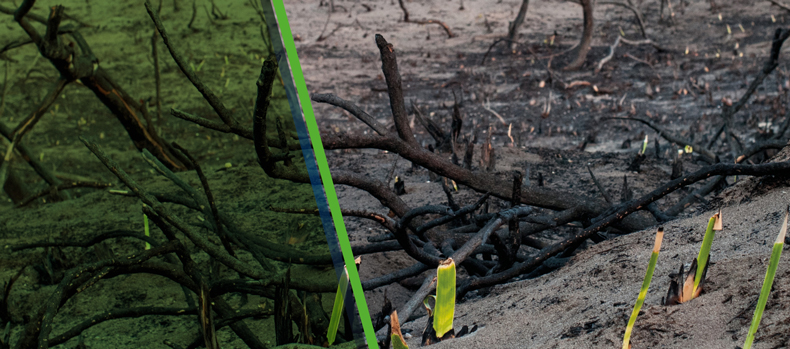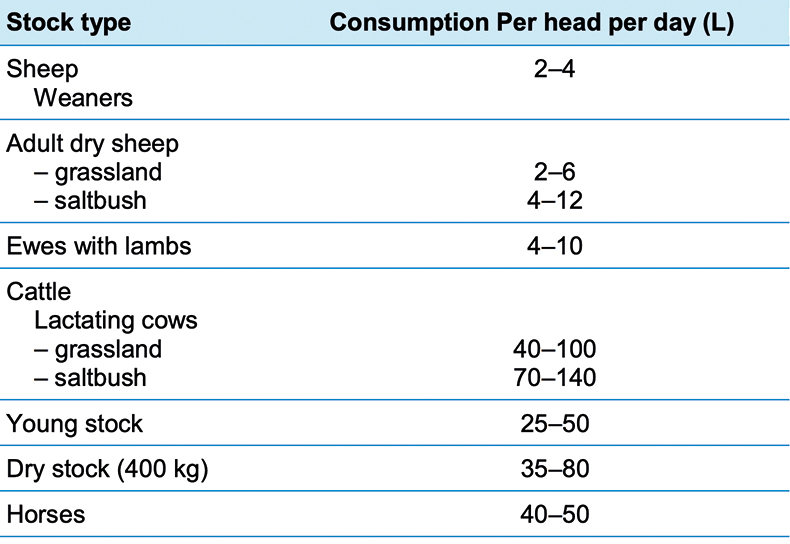Managing Livestock After Bushfires

We have been receiving a lot of questions from many of you who are looking for ways to move forward, and while many of you are still battling the conditions we hope the following information will be helpful to aid you in the recovery process. We also hope to help guide you in taking steps to minimise the loss of production of livestock that survived these horrific bushfires.
Our aim right now is to provide an action plan for the welfare of livestock affected by bushfires.
As a top priority, we recommend seeking Veterinary and Departmental advice and assessment on injured / burnt livestock.
Water
Water is THE MOST important nutrient for survival of livestock. Below is a guide of water requirements for sheep, cattle, and horses, to help you budget water requirements. It is important to use quality water sources during this time of stress, the factsheet from the NSW DPI also gives more information on water quality parameters for livestock. More information on how bushfires can affect water quality can be found here https://www.waterquality.gov.au/issues/bushfires

Feed Requirements
We understand the bushfires may have burnt out all/majority of your paddock feed and therefore outsourcing supplementary feed will be challenging and you may be limited in your options.
If at all possible we recommend prioritising high energy feeds such as barley, wheat, lupins, beans, etc to growing stock and livestock at the point of calf or lamb and/or lactation. It’s important to keep your young stock growing because they are your replacement breeders or quick cashflow. Energy is key in avoiding diseases such as Pregnancy Toxaemia and Ketosis for ewes and cows and will improve the survival of progeny.
Maintenance feeds such as oats, hay, silage, by-products and straw can be prioritised for dry sheep, cattle and horses. When dry, these animals can utilise lower quality feeds and still maintain condition.
Metabolisable Energy (ME) required for maintenance of sheep and cattle can be calculated using these equations;
Sheep ME = (Liveweight x 12.5%) + 2.5
Cattle ME = (Liveweight x 15%) + 5
Management strategies such as confinement feeding can also be put in place which will reduce the daily maintenance requirements of livestock.
For more in-depth information on sheep and cattle requirements please don’t hesitate to get in touch with any of the BLM team, alternatively, these links will also be a helpful resource.
Sheep // http://www.lifetimewool.com.au/tools/dryfeedbud.aspx
Cattle // http://agriculture.vic.gov.au/__data/assets/pdf_file/0003/312735/Beef-cattle-drought-feeding-guide.pdf
[Although this is a drought feeding guide, the principles and information are very relevant.]
Reducing Stress
Stress can cause a host of issues such as dehydration, loss of appetite, compromised immune system and reduced ability to absorb magnesium. Stress causes livestock to not only utilise their energy and water stores at a faster rate, but also their trace element, mineral and vitamin reserves. It’s important to replenish these quickly in a way that does not create more stress.
Our mission has always been to be a passionate company who genuinely cares about the livestock industry and we are dedicated to improving the performance, health, and well-being of livestock.
Under these circumstances we are finding that our Green Cap product can certainly play a crucial role in the recovery of livestock. Our Green Cap is also available as a part of our organic range.
Green Cap provides a rich source of Magnesium to aid in calming the animal. Magnesium coupled with fulvic acid, a powerful electrolyte, helps rehydrate stock to minimise weight loss and stimulate appetite. It will also help stock transition onto new feeds easier because their rumens convert feed more efficiently.
Green Cap can be applied to a trough, tank system or on feed so it’s not inducing any more stress to livestock. We recommend treating all surviving livestock with Green Cap, even if they did not receive injuries as they have still experienced stress during the bushfire event.
It’s also important to avoid unnecessary mustering until livestock have recovered enough, keeping in mind the importance of providing adequate water and feed.
If you require assistance or advice on the nutritional welfare of your livestock please don’t hesitate to contact our Head Office team.
Please click the links below for further information:
– Green Cap
– Organic Green Cap
– Find your nearest stockist
References
Figure 1: https://www.dpi.nsw.gov.au/__data/assets/pdf_file/0009/96273/Water-requirements-for-sheep-and-cattle.pdf
